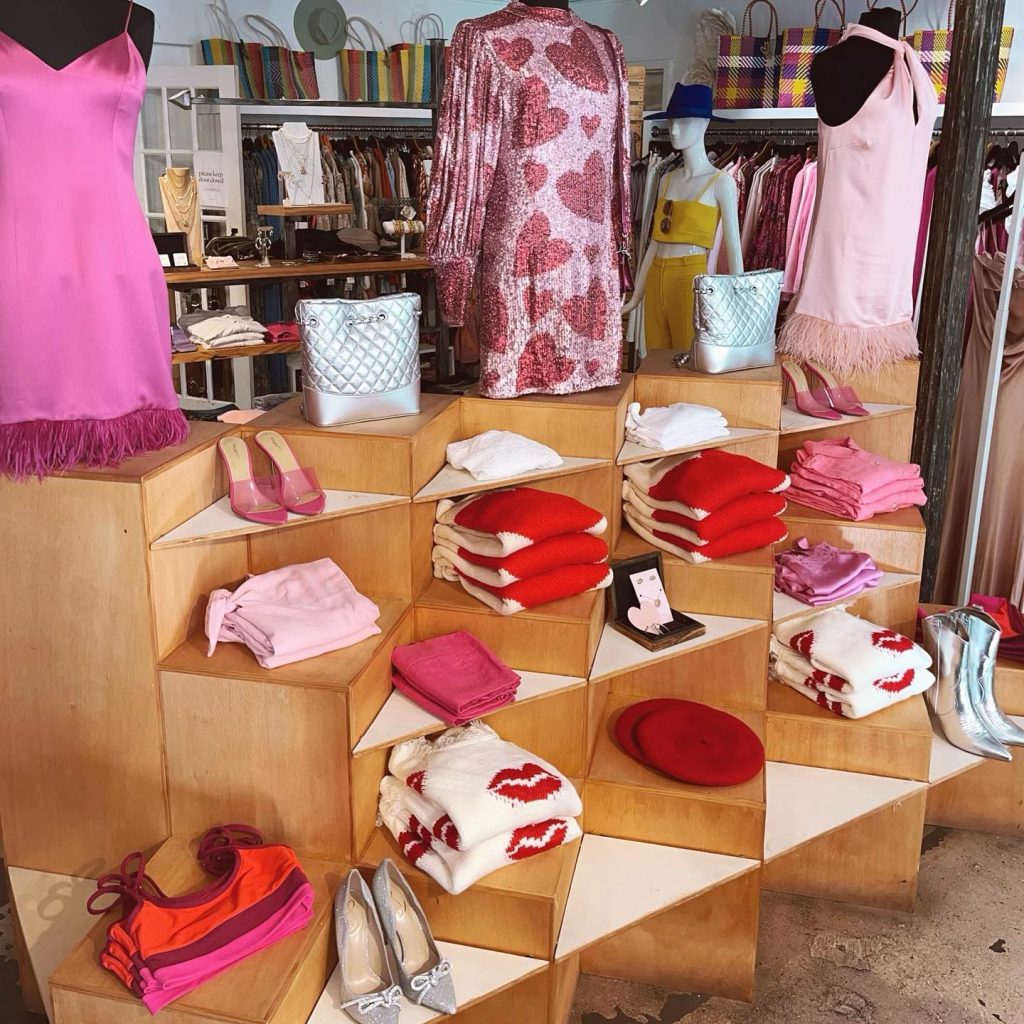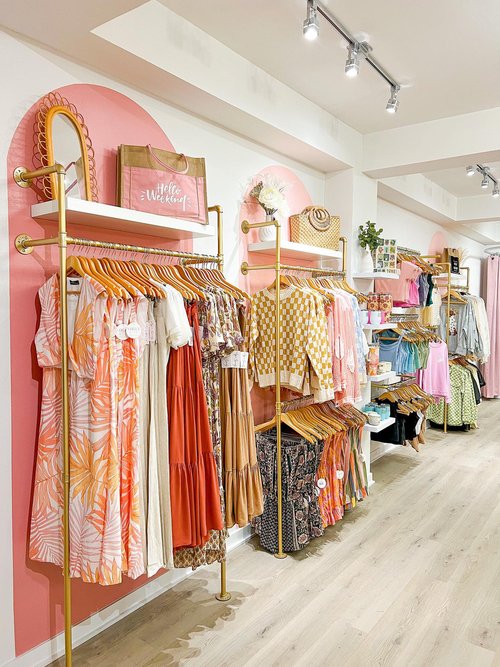Discovering the Evolution and Influence of Apparel on Modern Fashion Trends
The development of clothes has dramatically influenced contemporary style fads, merging historical precedents with sophisticated innovations. Renowned figures like Coco Chanel and Yves Saint Laurent transformed the apparel industry by introducing concepts that prioritize comfort and availability, which continue to resonate today. On the other hand, technical strides in locations such as 3D printing and clever fabrics are redefining layout opportunities and consumer experiences. Additionally, the growing emphasis on inclusivity and sustainability is reshaping sector standards. As we consider these multifaceted influences, one need to wonder about just how these components collectively redefine fashion's duty in mirroring and shaping modern society.
Historical Style Influencers
In the tapestry of style background, certain figures have actually left an indelible mark, forming the patterns and designs that define entire eras. Coco Chanel, an innovative developer, redefined women's style by presenting comfortable, classy clothes that left from limiting corsets.
Elsa Schiaparelli is another critical number, renowned for her avant-garde styles that included surrealist art, collaborating with Salvador Dalí to create wayward pieces that tested conventional appearances. Her ingenious use color and strong patterns resounds in modern fashion. Yves Saint Laurent, at the same time, democratized haute couture with prêt-à-porter collections, bringing path designs to the masses and establishing a precedent for contemporary ready-to-wear lines.
These dreamers, to name a few, not just changed fashion in their times however likewise established sustaining trends that resonate in today's garment industry, giving a structure whereupon modern designers remain to introduce and develop. Their heritages emphasize the significance of imagination and bold in style's ever-evolving story.
Technical Innovations in Fashion
Among the dynamic landscape of the fashion industry, technical advancements stand at the forefront of development, improving exactly how developers produce and consumers engage with fashion. The integration of 3D printing has transformed style processes, enabling designers to experiment with complex frameworks and lasting materials that were previously impossible. This innovation assists in fast prototyping, minimizing waste and accelerating production times.

Smart textiles, embedding modern technology into materials, are additionally transforming the market. Developments like temperature-regulating and self-cleaning fabrics use boosted functionality and convenience. Wearable modern technology, incorporating functions like physical fitness monitoring and interaction, adds a new measurement to style, combining appearances with practicality.
Cultural Shifts and Style
As technological improvements remain to improve the fashion business, social changes are similarly prominent, redefining design and customer choices. In the last few years, the increase of social media sites systems has actually sped up the dissemination of worldwide fashion trends, allowing diverse social impacts to merge and exist side-by-side. This digital interconnectivity has helped with the rapid exchange of ideas, resulting in a more diverse and comprehensive interpretation of style that mirrors the complex nature of contemporary society.
Cultural awareness and appreciation i was reading this have actually triggered designers to draw ideas from a more comprehensive spectrum of historic and ethnic contexts, incorporating standard themes with contemporary visual appeals. you can try this out This fusion has actually led to fashion that resonates with a broader target market, advertising a feeling of identification and belonging across different demographics. Furthermore, the boosting demand for personalization has actually driven brands to provide personalized choices, enabling customers to reveal originality while showing their cultural heritage.
In addition, moving social values have actually affected style, with inclusivity and diversity coming to be central motifs. The market has actually begun to welcome versions and influencers of numerous physique, ethnic backgrounds, and gender identifications, challenging traditional beauty requirements. This transformation emphasizes the power of cultural shifts in shaping the future of style, as style ends up being a more authentic expression of collective and individual identity.
Sustainability and Modern Layout
While the fashion business remains to evolve, the vital for sustainability has actually become progressively immediate, influencing contemporary layout practices. This shift intends to address ethical considerations and ecological worries, causing a reevaluation of traditional production approaches. Developers are currently integrating sustainable materials, such as organic cotton, recycled polyester, and naturally degradable textiles, into their collections, minimizing the eco-friendly impact of style. The surge of slow fashion, which emphasizes quality over quantity, encourages consumers to invest in timeless pieces instead of transient patterns.
Additionally, contemporary design is characterized by its technology in decreasing waste and promoting circularity. This method not just alleviates environmental effect but likewise enhances the social duty of fashion residences.

Future Trends in Fashion

Sustainability will certainly remain to be a driving pressure in shaping future fashion patterns. The industry is significantly embracing environment-friendly materials and honest production approaches, responding to an expanding consumer need for accountable techniques. Developments such as bio-fabricated materials and closed-loop recycling systems are established to redefine how garments is produced and taken in, reducing ecological impact while preserving style and high quality.
Social shifts, consisting of the rise of inclusivity and diversity, explanation will certainly likewise play a crucial role. As culture becomes much more familiar with social issues, style is anticipated to become a system for expression and adjustment. Designers will likely concentrate on producing collections that reflect a wider variety of identities and experiences, promoting depiction and ease of access.
Verdict
The advancement of clothes substantially impacts modern-day fashion trends, where historical influences merge with modern layouts. This recurring advancement emphasizes style's function as a mirror to societal values and technical innovation, recommending a future abundant with technology and inclusivity.
The evolution of garments has actually substantially influenced modern style fads, combining historical criteria with sophisticated advancements.In the middle of the dynamic landscape of the style sector, technological developments stand at the forefront of innovation, improving exactly how designers develop and consumers involve with style.While the fashion sector continues to evolve, the vital for sustainability has become significantly immediate, influencing modern-day style practices. As sustainability ends up being embedded in modern-day style, it leads the method for a more mindful and accountable fashion market.
The evolution of apparel considerably influences contemporary style patterns, where historic influences combine with contemporary styles.
Comments on “A Novice's Guide to Navigating the Boutique Fashion Scene”